Moving Beyond Academia: Rock Dust Local Founder Promotes Remineralization Research
Tom Vanacore with some of Rock Dust Local’s rock dust products. Image from video by Learn Organic Gardening at GrowingYourGreens
Remineralization proponents really should publish their own research for peer review, moving away from reliance on academic validation to convince policymakers and the public, says Rock Dust Local founder Tom Vanacore.
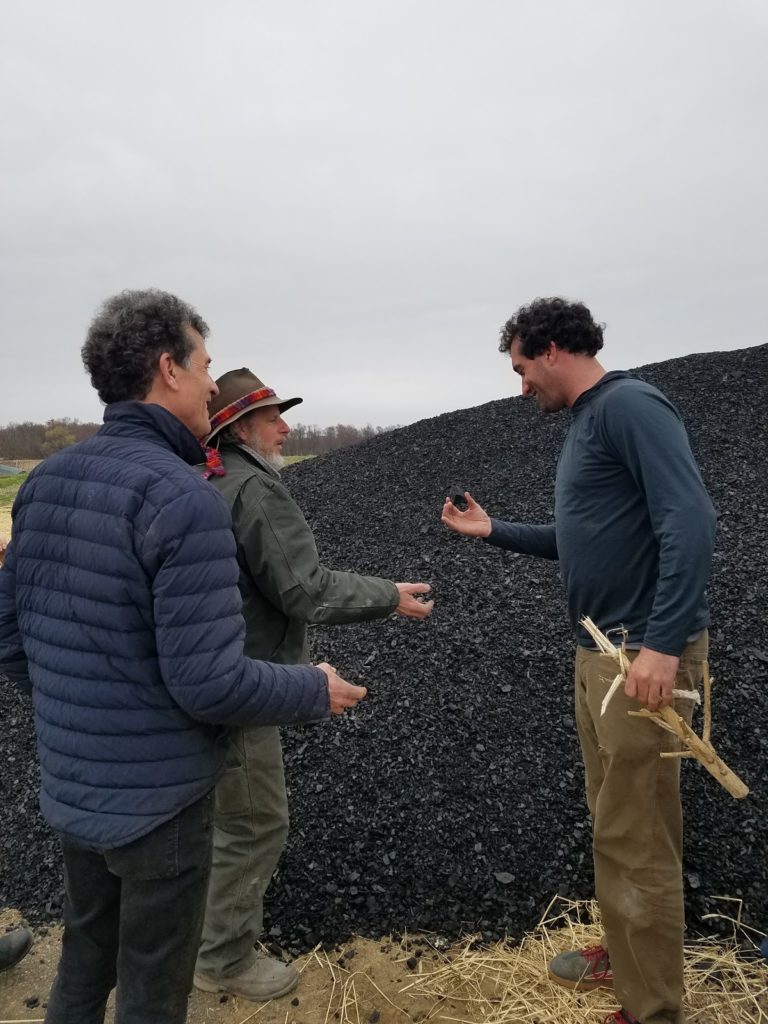
“Most of the enhanced-weathering academic papers being published are either too highly technical to be understood by most people, or the protocols they’re using are all based on these false climate models that rely exclusively on the dissolution rate of rock in a test tube,” he says.
Academic researchers tend to focus on enhanced rock weathering as a climate mitigation tool using unrealistic set examples, and many “experts” simply do not understand the practical aspects of using these materials, he adds. These researchers typically lack the practical approach necessary for proving the true effectiveness of remineralization. What they do often have, according to Vanacore, are grants to spend or intellectual properties to demonstrate.
“They don’t have the experience, they don’t have the knowledge, and in some cases, they have conflicts of interest. They’re ready to act on those conflicts of interest, as well. It isn’t that I don’t support [academic research]. I’ll ship them materials, I’ll interact and I’ll offer my ‘two cents’, but I think we need to get well beyond a reliance on academics for these materials to really get out into a sort of global scale.”
In a nutshell, he says, the main problem with academic studies of enhanced rock weathering is they do not distinguish the bicarbonate or silicate-to-carbonate reaction from other reactions occurring when material is applied to the land. While academic research tends to focus on carbon capture and storage, Vanacore sees that as just one remineralization benefit along with nitrogen-oxide reduction and other outcomes from the rock dust interacting with biologic systems.
“The real benefits of remineralization have been completely ignored in the academic studies focused exclusively on the potential of these rock powders to convert carbon dioxide to carbonate. That’s a major thing that must be said.”
For their part, at Rock Dust Local, Vanacore and his long-time partner Joan Weber and colleagues are establishing (through experimentation, using molecular analysis of geochemistry and mineralogy) simple, intuitive protocols to measure the potential of alkaline silicate or other materials in capturing CO2.
“We’ve done it, actually, running materials in place to show the silicate-to-carbonate reaction in an environment similar to what would be experienced in the field with natural organic acids and other things acting upon the mineral.”
He adds: “Unless you understand what the materials are all about, which these academics absolutely don’t, you’re just not going to understand how the materials work. That’s why I think our approach ultimately is the one that will be adopted. We can promote and show what we’re doing, which is to characterize the potential of the material, assigning value to it. And then you can do whatever you want. Mining companies probably could take the value right there.”
Advocacy matters
What the remineralization movement needs more than anything are advocates “who really speak the language of the agronomists” and who can clearly explain how the rock dust materials actually work in the soils, says Vanacore. “The more this gets out into the mainstream, the more big operators will get involved. If they can figure out how to make a buck out of it, then they’ll be there. It remains to be seen what the mining companies themselves will do.”
Other large aggregate producers are aware of the remineralization opportunity because Rock Dust Local has reached out and made them aware, he notes. Ideally, he sees his organization essentially taking all the undersized materials from these firms, directing them into a “best-management practice” on the lands.
“It would remove from their hands the need to create what are essentially business entities outside of their normal scope of work. Given the opportunity, they’d rather outsource this than be in a business that really isn’t in their lane. They’d rather just do what they do best and let others do what we do best. That would be the best scenario.”
According to Vanacore, access to a wide range of raw materials is not the problem. The problem is moving beyond the academic lobby to garner broad remineralization support. “Pressures resulting from COVID-19 and now the war in Ukraine really put a huge constraint on [things]. It’s going to favor, and is favoring, the movement in this direction. It’s not enhanced rock weathering. It’s biological [soil] management. Rock dust is part of that. That’s really the focus.”
Oh Canada!
Rock Dust Local demonstrated its transportation model last year with a major project in Canada, shipping around 14,000-15,000 tons of rock dust via rail to regenerative farmers in Saskatchewan.
“The Canadians have a much more proactive view of all this than do the Americans,” Vanacore says, adding that even more farmers north of the 49th Parallel will be looking at rock dust given the increasing costs for urea fertilizer. “There are a lot of growers in Canada who are ready to adopt any regenerative practice that reduces their reliance on commercial synthetic fertilizers.”
According to Vanacore, agricultural ministries in Manitoba, Saskatchewan and Ontario are aware of this rock dust activity, and are trying to build more integration with fertilizer production, moving away from imports and reliance on foreign sources of nitrogen, phosphorus and potassium, and looking towards a feasibility study supporting large-scale fertilizer compounds that might be positioned in Ontario because of that province’s deep water proximity.
“This is all in flux right now. This is all sort of happening right now. At the same time that’s going on, we’re also in the planning phase of commissioning a larger, granulating plant here in northern Vermont in one of the black-shale deposits that I found with a partner who’s already in the mineral business. They’re a lime-carbonate producer.”
He added: “The need to granulate – to put the material into fertilizer-grade granules – is mainly the result of that medium being standardized, because that’s the way fertilizer has always been shipped.”
Commercializing carbon offsets
The biochar market will expand at a steady, rapid rate in the U.S., suggests Vanacore, as biochar is quantifiable and it can be characterized, and good standards already exist that can verify and support its adoption through carbon credits.
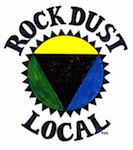
“Because of that, it’ll drive the commercialization of the material on the production side,” he says, adding that there will probably be an increasing number of biochar suppliers, which is good because remineralization needs it. “There’s way more rock dust available than there is biochar to put with it.”
UNDO Carbon Removal and Lithos Carbon are examples of platforms intent on commercializing carbon offsets from enhanced rock weathering, according to Vanacore. In fact, the Rock Dust Local founder is currently pursuing a formal business relationship with UNDO chief executive officer Jim Mann and his team.
“What they need is the full integration with remineralization to be most effective as a tool for climate stabilization,” says Vanacore. “Rock Dust Local is positioned to provide that bridge.”
Any assignment of carbon credits for the use of rock dust will require standardization in assigning the potential of the rocks to perform in the environment, he notes, and Rock Dust Local is working on doing just that. “We’re doing that for all the different rock types right now. We have simple laboratory-type experiments based on geochemistry, mineralogy, and we apply some very simple tests to prove it. We’re also starting with the actual rock itself.”
He adds: “Everybody really wants solutions to what amounts to extremely complex problems that can’t be solved one at a time. They require solutions that take in a number of problems at the same time and provide benefits. That’s where this kind of discussion can really go and get a lot of traction. We’re seeing the USDA paying grants and starting to recognize some of the climate-smart partnerships.”
Carter Haydu is a writer, reporter, and journalist based in Alberta and Saskatchewan. He works for JuneWarren-Nickle’s Energy Group, with regular articles appearing in the Daily Oil Bulletin. He is a freelance columnist with the award-winning Quad Town Forum weekly newspaper, based in Vibank, Saskatchewan. He also contributes content for a series of magazines in and around Regina and Saskatoon. He received a BA in Political Science and Philosophy from Augustana University College in 2001 and a diploma in journalism from Grant Macewan College in 2005.
Support us on Patreon
Thank you for joining us today! Please become a member of RTE and support us on Patreon. Unlike many larger organizations, we work with a team of determined and passionate volunteers to get our message out. We aim to continue to increase the awareness of remineralization to initiate projects across the globe that remineralize soils, grow nutrient dense food, regenerate our forests’ and stabilize the climate – with your help! If you can, please support us on a monthly basis from just $2, rest assured that you are making a big impact every single month in support of our mission. Thank you!

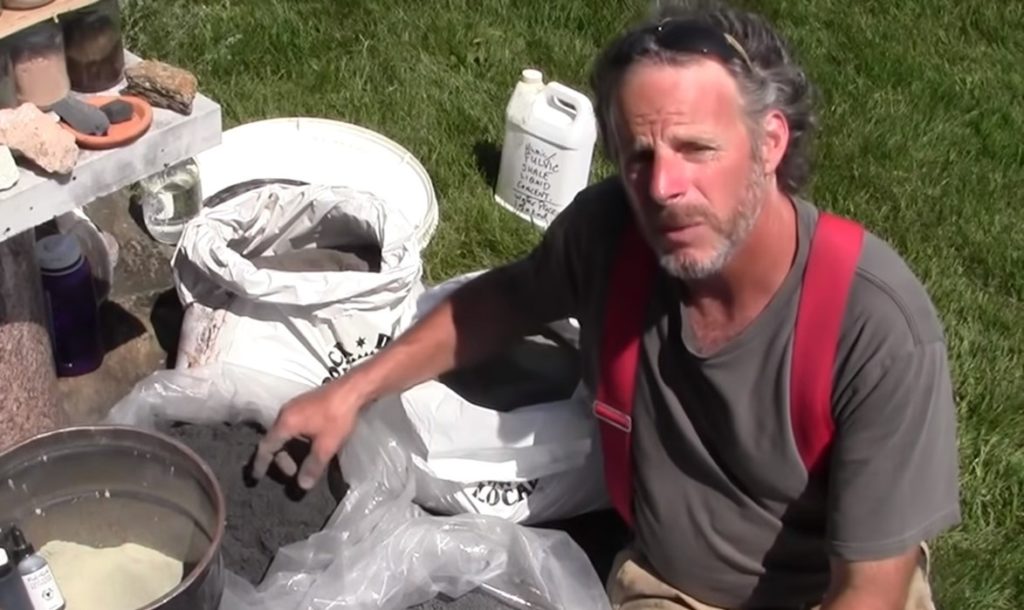
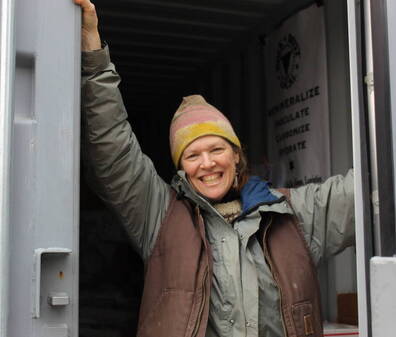

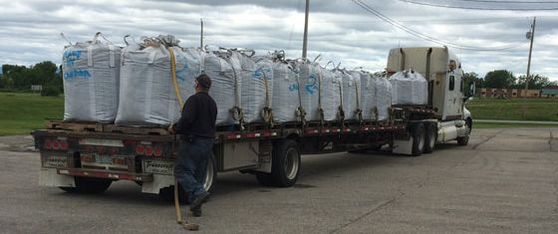






Karina
November 26, 2022 (4:39 am)
Hi there. I’ve spoken to Tom for 2 years now and purchased products last year with great results. I’ve tried contacting him for about 5 months now through business phone, voice mail and email with zero response. Is he ok? Did he sell the company? I’m trying to buy in bulk but need someone there to talk to with experience.
Any input?
Joanna Campe
November 27, 2022 (10:52 am)
Hi Karina,
I am in touch with Tom, and the company is thriving. I know that he is very busy with large-scale projects. I will send an email to him asking him to contact you.
–Joanna at RTE